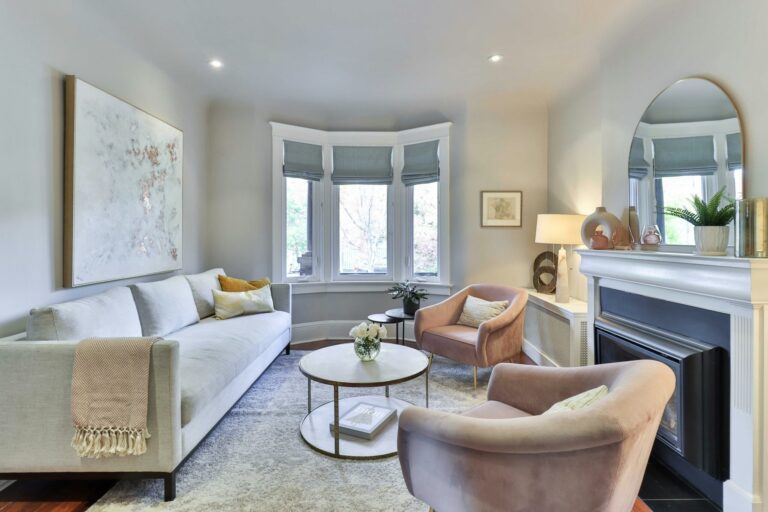On September 15, 2023, a report from the Luxury Real Estate Institute revealed an unexpected surge in luxury real estate sales, far surpassing initial expectations despite broader market challenges. Key players in this thriving market, including affluent buyers, luxury real estate agents, developers, and investors, are driving the growing demand for high-end properties. As the economic landscape continues to shift, the luxury sector has shown remarkable resilience, with wealthy individuals continuing to invest in premium homes as a stable asset class.
A defining moment in this trend was the surge in demand for luxury properties in sought-after locations such as coastal areas, ski resorts, and major urban centers like New York and Los Angeles. Wealthy buyers are increasingly prioritizing homes that offer exceptional amenities, such as private pools, expansive outdoor spaces, home theaters, and state-of-the-art smart home technology. These properties cater to buyers who not only seek luxury but also value privacy, convenience, and the highest standards of living. As remote work and flexible living arrangements continue to shape how people approach homeownership, many high-net-worth individuals are investing in second homes or upgrading to properties that accommodate their evolving lifestyles.
Despite concerns over economic uncertainty and rising interest rates, high-net-worth individuals are choosing to invest in real estate, perceiving it as a safe and reliable asset. This shift has driven up demand for luxury homes, particularly in exclusive markets where competition among affluent buyers is intense. The limited supply of these high-end properties has only heightened the exclusivity, making luxury homes more desirable than ever.
The lasting effect of this trend is expected to bring sustained growth to the luxury real estate market in the years ahead. As the wealth gap continues to expand, the demand for luxury properties is likely to remain strong, reshaping the dynamics of high-end housing. Developers are responding by focusing more on bespoke designs, offering properties with personalized features and luxurious amenities that cater to the tastes and desires of the wealthy elite. This focus on customization and exclusivity is pushing the boundaries of innovation in luxury home design.
Moreover, the shift toward luxury real estate has the potential to influence broader housing trends. As more affluent buyers invest in high-end properties, the luxury market could lead the way in adopting advanced technologies and sustainability features. Green building practices and energy-efficient designs, often seen as “must-haves” in luxury homes, may trickle down into other segments of the housing market, gradually raising expectations across all price points.
In conclusion, the luxury real estate market’s surge in high-end buyer activity highlights the continued strength and resilience of this segment, even amid broader market challenges. As the wealth gap grows, so too does the demand for luxury properties, pushing innovation in design and further elevating the standards of luxury living. With affluent buyers continuing to see real estate as a sound investment, the luxury market is set for sustained growth, shaping the future of high-end housing for years to come.
